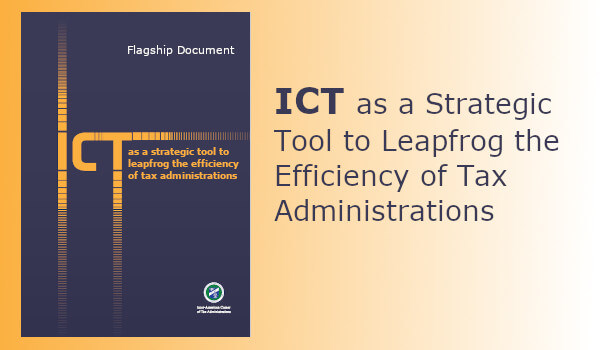ICT as a Strategic Tool to Leapfrog the Efficiency of Tax Administrations

This new CIAT publication addresses the use of information technologies in the tax administrations as a tool to increase voluntary compliance rates with tax obligations and the capacity to fight tax evasion and harmful tax planning.
Chapters 2 to 7 deal with the application of ICTs in the registration processes, the processing of tax returns, auditing, risk management, collection of late payments and electronic documents. Chapter 10 deals with horizontal services, for general purposes, which should support the entire tax administration, regardless of the system’s architecture. In this sense, aspects ranging from security or document management to business process automation are addressed.
In a long-term vision to improve the use of information technology for the organization, Chapter 11 covers all the aspects that must be included for such purpose, as a roadmap. Chapter 14 reviews the critical factors of project management and change management as a contribution to achieving objectives, if well managed, or possibly leading to failure, if poorly executed.
The potential that new technologies could bring to the tax administration is presented in Chapter 15. This chapter is not only for early adopters, but it is also a good incentive for dreamers that want to start the new disruptive trend for tax administration, not because it is in vogue, but because it really opens the potential to better services and control.
The book is available for download at the CIAT library in PDF format and for reading devices in MOBI (Kindle) and EPUB (Apple, Kobo, Google Play Books) e-book formats. It can also be found at Amazon and Apple stores, among others.
7,683 total views, 4 views today
